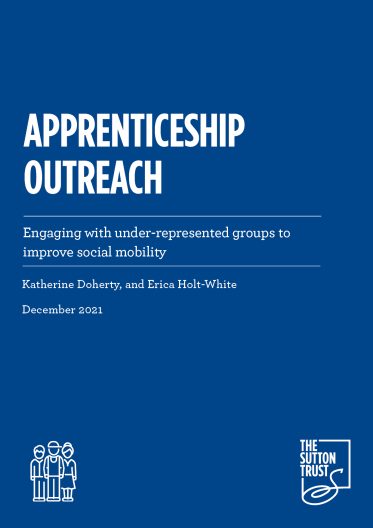Report Overview
Access to apprenticeships for young people and those from disadvantaged backgrounds is an ongoing problem, particularly among the most sought-after apprenticeship opportunities. Previous research by the Sutton Trust has highlighted the access gap at degree apprenticeships in particular, with access challenges similar to university itself.
If we are to tackle these access gaps, we need to increase both the level of demand among young people for such apprenticeships, and the efforts of employers to reach such young people to offer them these opportunities.
To get a reflection of current provision and gain an understanding of what is being considered best practice we conducted interviews with a variety of employers, universities and outreach delivery organisations. We then surveyed recent apprentices to understand the information and support they received before starting their apprenticeship, and the gaps that remain.
